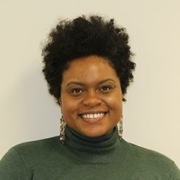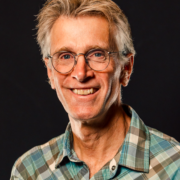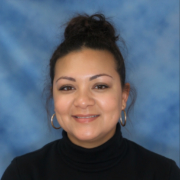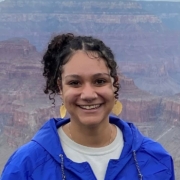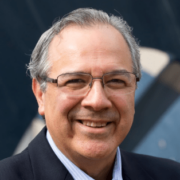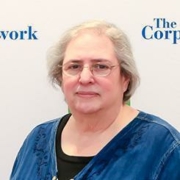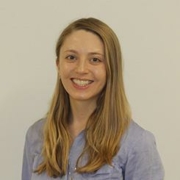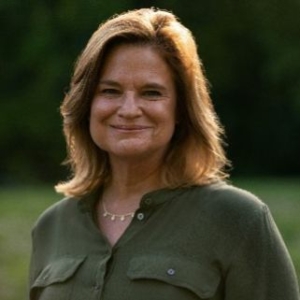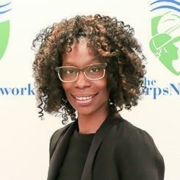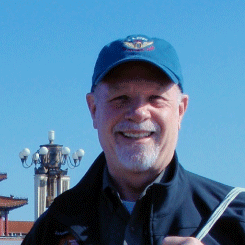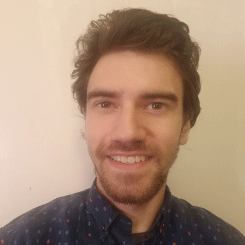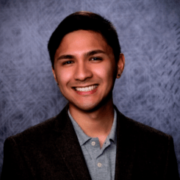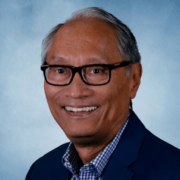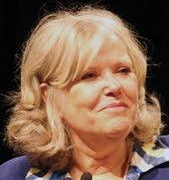Crews from Conservation Corps Minnesota Break Up Jay Cooke State Park Logjam Created by 2012 Flood

Article, written by John Myers, appears in the Pioneer Press. Published July 10, 2014.
JAY COOKE STATE PARK, Minn. — There were no bulldozers or backhoes here, along the rocky banks of the St. Louis River, just a few chain saws, picks and pitchforks.
And lots of muscle power.
Crews from Conservation Corps Minnesota were busy Wednesday tearing down a literal logjam that settled during the great flood of June 2012.
Hundreds of tons of debris plugged a channel along the river, creating not just a blockage for the water but also a safety concern for park visitors.
Park staff members have been removing garbage and other flotsam from the scene for two years. But only this year did they get the crews needed to start on the huge pile of tree trunks, limbs and branches that covered what had been a popular photo-snapping spot just across the famous swinging bridge near the park’s headquarters.
“The debris was stacked above the rocks, maybe 15, 20 feet high. We’ve been working on it since May, and steady for the last week or so,” said Mitch Pauly of Superior, a Minnesota State Parks building and grounds crew worker. “It’s slow going… But having the Conservation Corps crews here has really helped. This is the kind of work where we can’t get big machines in here. So we need bodies to dig in and get dirty.”
That’s exactly what adult and youth Conservation Corps crew members were doing Wednesday: sawing and hauling logs and limbs up to a four-wheel utility vehicle that brought them to a dumping spot. The wood is being used to fill-in where the 20102 flood caused a landslide at another location in the park.
Most of the adult crew members are full-time, yearlong positions. Funding comes for the federal AmeriCorps program and from fees paid by the state, county, local, federal or private property manager where the crews perform their work. Trail associations and “friends of” groups are frequent employers of corps crews, as are state parks.
“A lot of us are in outdoor and conservation fields, but not everybody. We have an art major who wasn’t sure what she was doing and so is spending the year doing this,” said Josh Andreska, an adult crew leader and geology/environmental science graduate of the University of Wisconsin-LaCrosse. “It’s a lot of work. But it’s a good foot in the door for natural resource jobs.”
Conservation Corps members are trained to build all sorts of recreation trails and foot bridges, clear invasive species, trim trees, clean campgrounds and respond to a list of natural disasters including wildfires, floods and even hurricanes. Already this summer, Conservation Corps Minnesota crews have responded to floods and other disasters, including efforts in recent weeks to protect homes and lodges along Lake Kabetogama.
This year, there are 31, five-person adult field crews working across the state. But they also have been as far away as Alaska in recent years.
“We had crews out helping right away after Hurricane Sandy hit the East Coast. We have a schedule full of natural resource jobs lined up, but the understanding is that, if a disaster hits, our crews are ready to go,” said Connie Lanphear, communications director for the corps. “Usually they are pulled off to help fight forest fires. But this year it’s been more floods than fires.”
Conservation Corps Minnesota has roots back to the 1930s Civilian Conservation Corps, which provided natural resource jobs to unemployed young men so they could support their families during the Great Depression. In the 1970s the federal government launched the Youth Conservation Corps and the year-round Young Adult Conservation Corps. When funding for those ended in 1981, the Minnesota Department of Natural Resources took over the effort, creating the Minnesota Conservation Corps.
In 1999, the Friends of the Minnesota Conservation Corps was incorporated as a private, nonprofit that took over the Minnesota Conservation Corps in 2003. The name changed to Conservation Corps Minnesota in 2010. The effort provides outdoor work for about 550 teens and young adults each year.
The six-person youth crews involve four-week stints that pay high schoolers $200 per week (and free food) to camp in the outdoors and travel to wild places in the state that many of them had never seen before. In addition to the debris pile, two youth crews also have helped move rip-rap boulders at Jay Cooke to buttress a new hiking trail bridge. They also have worked in the Gilbert ATV park as well as St. Croix and Banning State Parks.
Many of the youth participants have never been camping, never been to a state park, and some have never been out of their city, Lanphear noted. Many also have never had a hard-work job. Many of them end up bringing family back to show off the work they had accomplished.
“You gain a lot of confidence in what you can do. But I think the big thing is the sense of community you build with each other,” said Jonathan Goldenberg, a youth crew leader. Participants develop “the sense that, when people work together, you can get a lot more done.”
CONSERVATION CORPS MINNESOTA
For more information on how to join Conservation Corps Minnesota, or to hire a crew for a natural resource or recreation project, go to www.conservationcorps.org.








